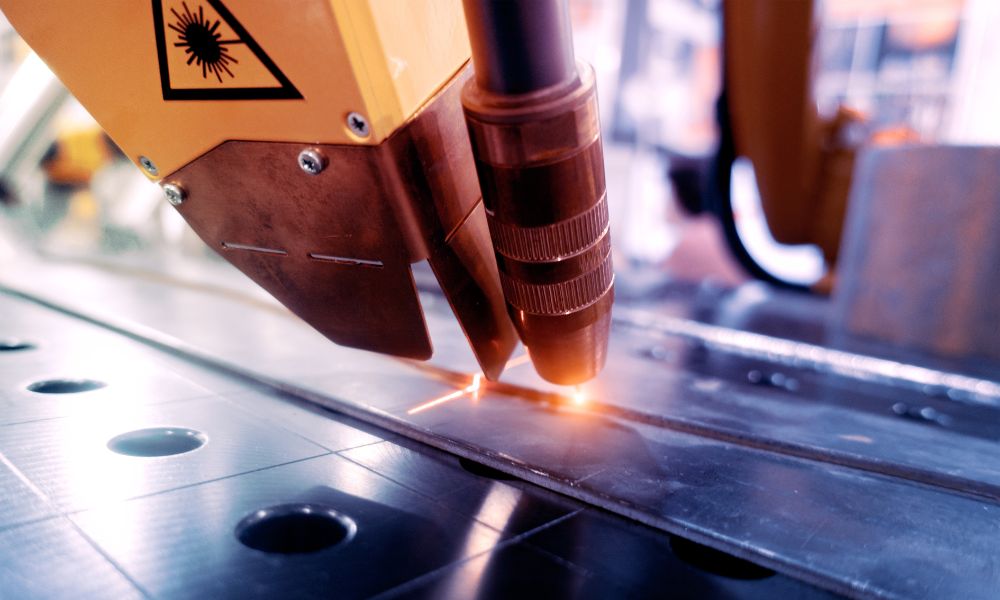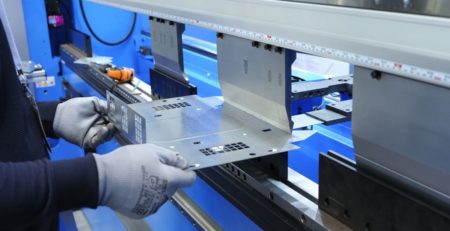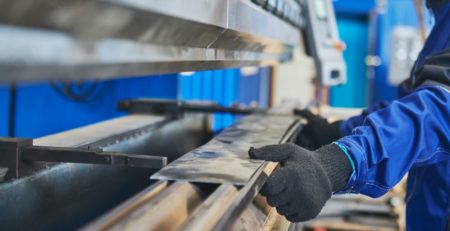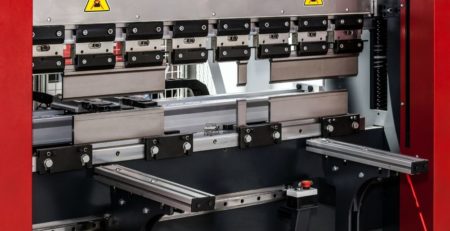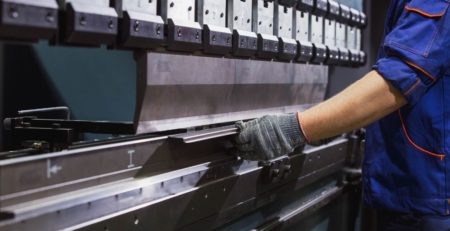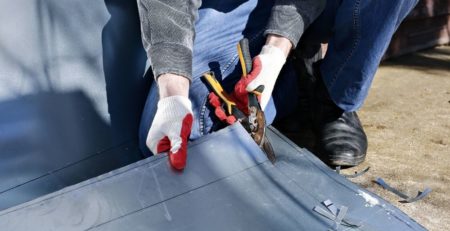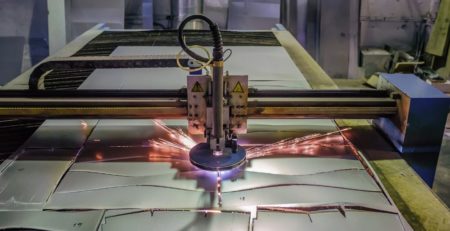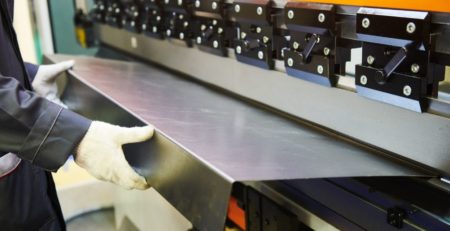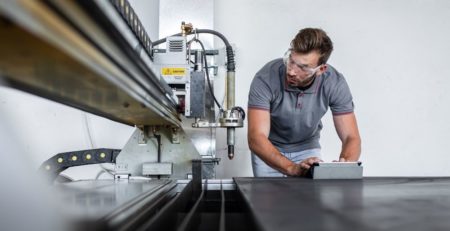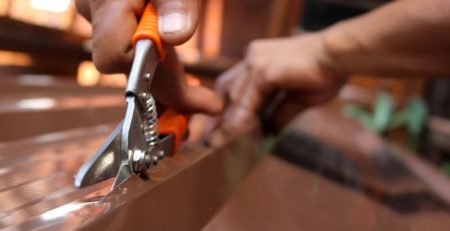Laser vs. Arc Welding: What You Need To Know
Welding is one of the most widely used joining processes in manufacturing. It has been used for decades to join metal components together, and it’s an essential skill for many trade professionals. But with so many different welding techniques available, it can be hard to choose the right one for your project. Consider laser versus arc welding. You need to know that both have specific advantages and are useful in different circumstances.
What Is Arc Welding?
Arc welding is a popular welding process that uses an electric arc to melt metal and join components together. It’s often used for general fabrication, like automotive repair and construction projects. During the process, an electrode is held in place between two pieces of metal. An electrical current passes through the electrode and creates an arc, which melts the metal and fuses it together. Arc welding is affordable and can be used to weld a variety of materials, including steel and aluminum.
What Is Laser Welding?
Laser welding is a relatively new welding process, developed in the late 1950s. It uses an intense beam of laser light to heat and join metal components together. The result is a high-quality weld with excellent strength. Laser welding is also more precise than arc welding and can be used for thinner metal sheets. It’s often used in industries like aerospace and medical manufacturing.
What Other Metalworking Machines Use Lasers?
In addition to welding, we can use lasers for other metalworking tasks. Cutting equipment, like 2D laser cutting machines, can create precise cuts and patterns in sheet metal. Lasers also perform engraving and marking tasks. Metal fabricators use lasers when extreme precision is required and for materials that cannot be cut with other methods like plasma or waterjet cutting.
How Do Laser and Arc Welding Compare?
When it comes to choosing between laser and arc welding, what you should know is that the differences are largely a matter of application. Arc welding is more economical and can be used in a variety of situations, while laser welding is generally more precise but has higher equipment costs. Both types of welding have their own advantages and disadvantages, so the best choice will depend on the your project’s requirements.
Both laser and arc welding create strong, reliable welds. But if you’re looking for a more precise finish, then laser welding may be the better option. On the other hand, if budget is a concern, then arc welding can provide an effective solution with fewer costs associated.
By understanding the benefits of each type of welding and how they compare, you can make an informed decision about which is the best choice for your next project. With quality welding equipment, a skilled welder can join your components securely and safely.

